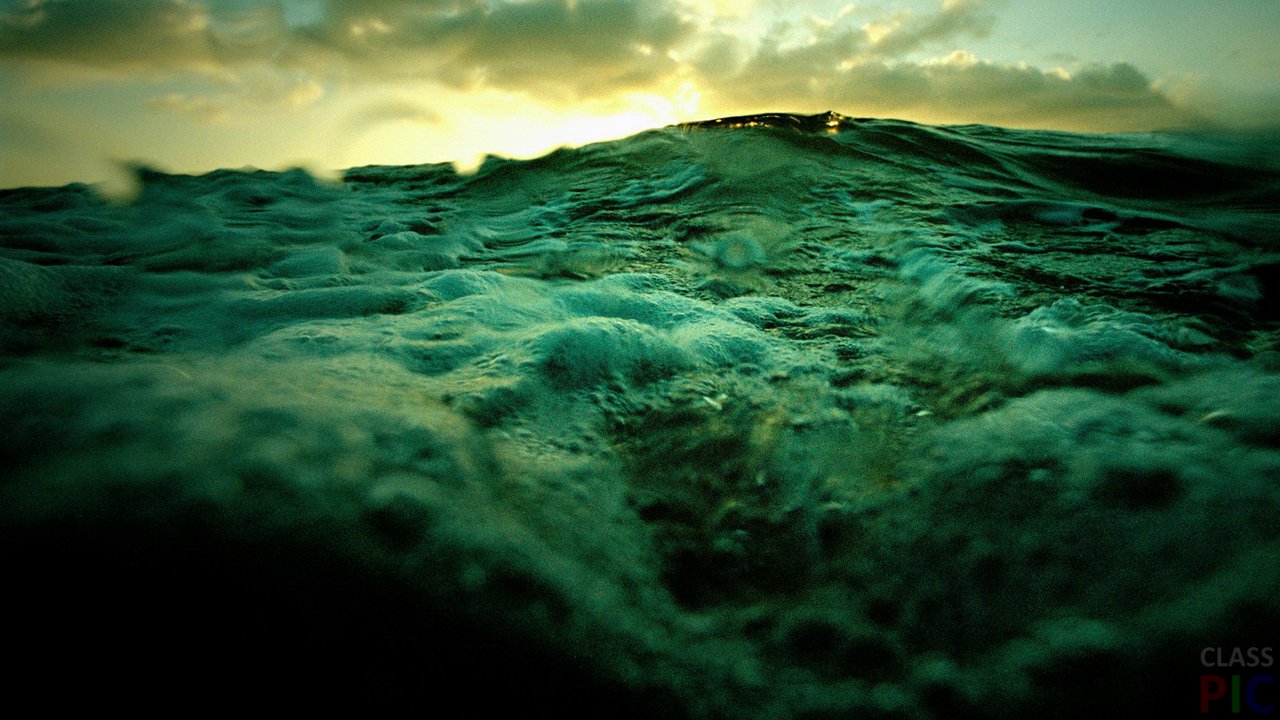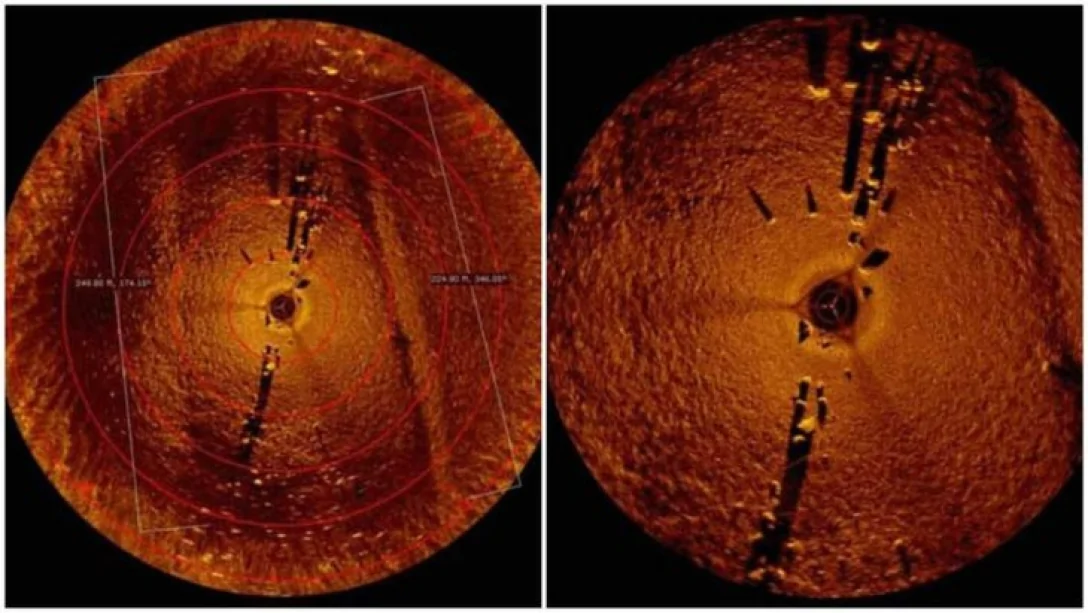
This information was reported by the Arkeonews resource, reports URA-Inform.
What is this place?
Known for its numerous shipwrecks from the 19th and 20th centuries, Grand Traverse Bay hides more than just maritime secrets. While using sonar to search for shipwrecks, archaeologists have discovered various artifacts, such as sunken boats, cars and even a pier from the American Civil War, located at a depth of about 12 meters. Among these finds, the rock with the image of a mastodon and a cluster of stones especially attract attention.
What was found?

Dr. Holley discovered a line of rocks more than 1.6 kilometers long, located 12 meters below the surface of Lake Michigan. These stones were installed about 9,000 years ago – 4,000 years earlier than Stonehenge, and about two thousand years after the end of the Ice Age, when the lake bed was still dry land before the formation of the bay.
Despite popular belief, Dr Holly emphasizes that the site is not a megalithic structure similar to Stonehenge. «It is important to understand that these are not megaliths like Stonehenge. “It’s more like a long line of stones more than 1.6 kilometers long,” noted Dr. Holly.
Another expert opinion

Dr. O’Shea suggests that the structure known as «Drop 45 Drive Lane» could have served as an elaborate hunting corridor for caribou. This 9,000-year-old limestone structure, with two parallel lines of stones leading to a dead end, is the most complex hunting structure discovered beneath the Great Lakes.
Similar to the Lake Huron hunting complex, this structure in Grand Traverse Bay may have perform a similar function. However, the exact purpose of this ancient artifact at the bottom of Lake Michigan remains a mystery.
Remember where blueberries get their blue color: Scientists have uncovered how nature creates color without dyes.

